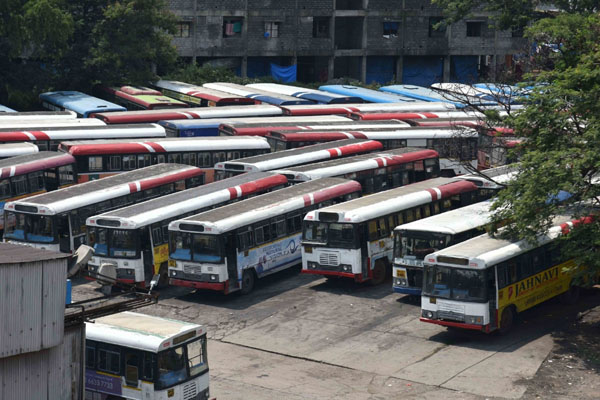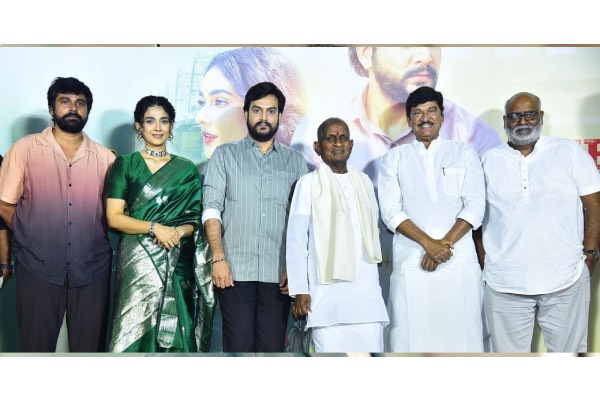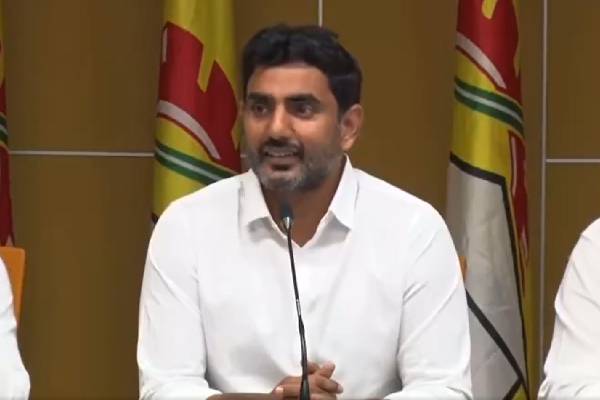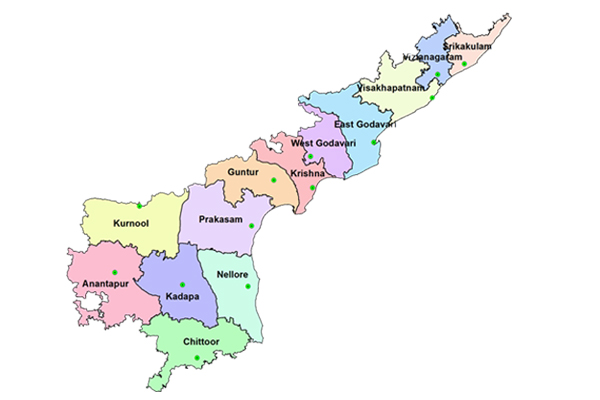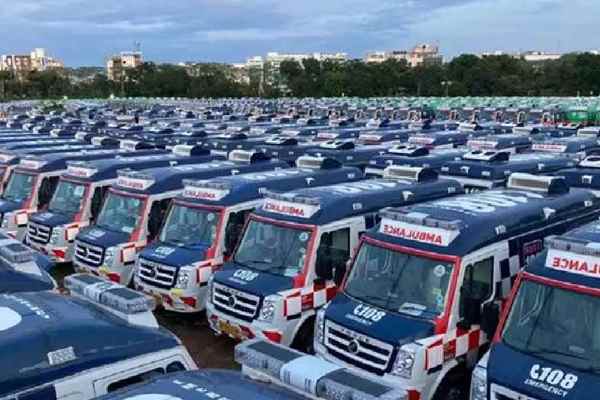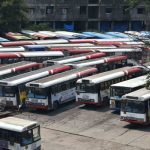Andhra Pradesh has topped the charts in the prestigious ‘Ease of Living Index’ national level rankings under AMRUT urbanisation programme launched by the Union Ministry of Housing and Urban Affairs (MoHUA). Odisha and Madhya Pradesh bagged second and third best performing awards.
The Ease of Living Index is a transformative initiative of the Ministry under AMRUT (Atal Mission for Rejuvenation and Urban Transformation) to help the cities assess their liveability vis-à-vis national and global benchmarks. This initiative will encourage all cities to move towards an ‘outcome-based’ approach to urban planning and management and promote healthy competition among cities.
The awards were given based on data collected on a range of metrics to evaluate performance of the cities’ administration and also feedback from over 60,000 citizens in a 4-month long exercise to measure satisfaction on urban services. The first round of Ease of Living covered 111 cities and AP’s Amaravati and Chattigarh’s Naya Raipur were not included in assessment as they are green-field cities.
While presenting awards at the National Dissemination Workshop on Monday, Union Minister of State (I/C)) for Housing and Urban Affairs Hardeep Singh Puri said that this exercise marked a major milestone in India’s goal to promote evidence-based planning and action towards sustainable urbanization. “The index seeks to assist cities in undertaking a 360-degree assessment of their strengths, weaknesses, opportunities, and threats”, he added.
Mr. Puri said that it was decided in June 2017 to rank 116 cities (all smart cities and million plus cities) based on the liveability parameters. The implementation of the assessment commenced formally on 19 January 2018. The MoHUA released the first ever ‘Ease of Living Index’ covering 111 Indian cities on 13 August, 2018. All cities were evaluated out of 100 scale. The ‘physical’ pillar (infrastructure) was given the highest weightage of 45, while institutional (governance) and social parameters were weighted 25 each. Economy was weighted 5.
Mr. Puri pointed out that Ease of Living framework comprised four pillars namely Institutional, Social, Economic and Physical which are further broken down into 78 indicators across 15 categories which are governance, identity and culture, education, health, safety and security, economy, affordable housing, land use planning, public open spaces, transportation and mobility, assured water supply, waste-water management, solid waste management, power, and quality of environment.
Durga Shankar Mishra, Secretary, MoHUA; Shiv Das Meena, Additional Secretary and Mission heads under Urban Affairs, urban planners from States and Union Territories attended the workshop.





















